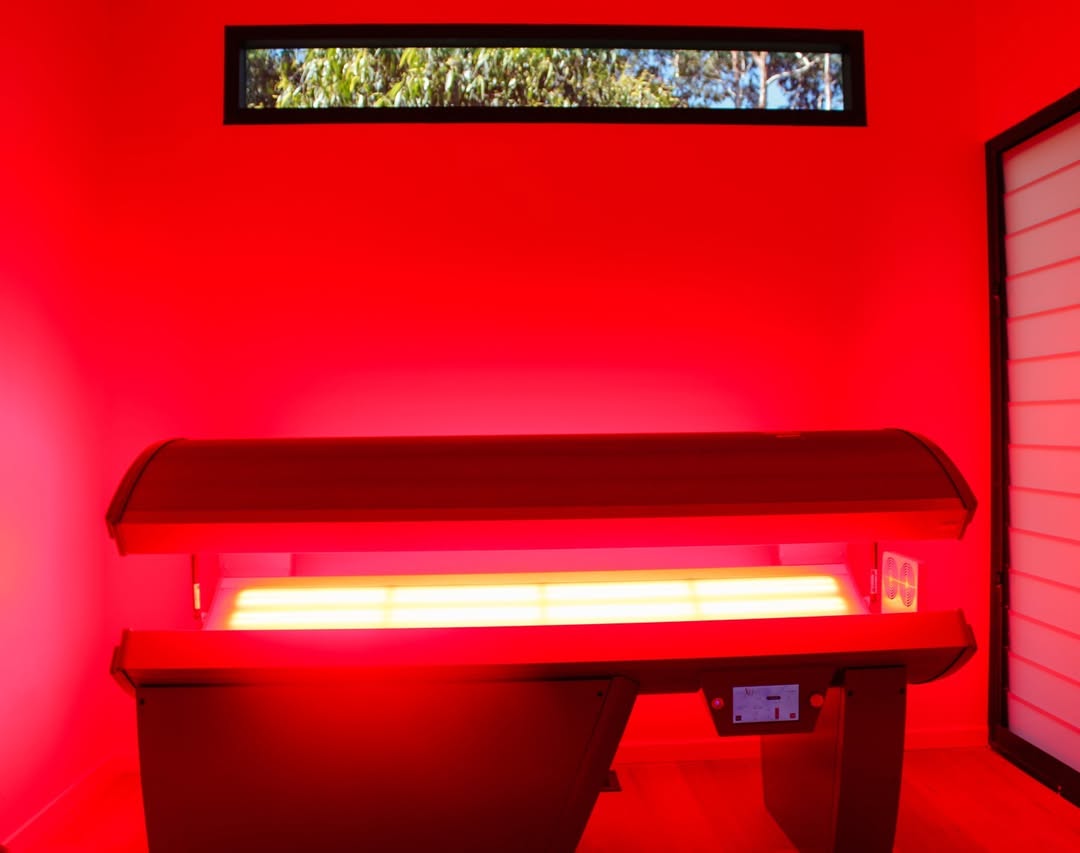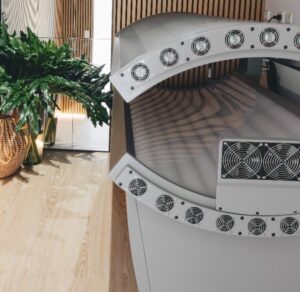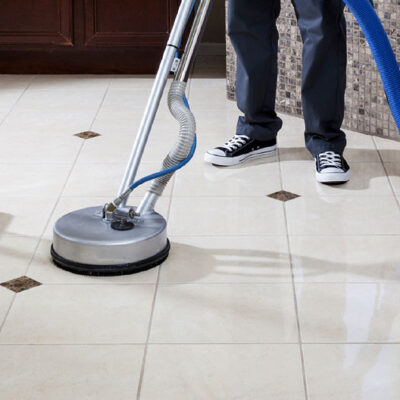Ultimate Guide To Medical Aesthetic Devices 2023

In recent years, the landscape of medical aesthetics has transformed dramatically, fueled by technological advancements and a growing demand for non-invasive cosmetic procedures. Medical aesthetic devices, which encompass a range of technologies used for skin rejuvenation, body contouring, and other cosmetic enhancements, have become increasingly popular among both practitioners and patients. As individuals seek to refine their appearance without the downtime associated with traditional surgery, these innovative devices offer a viable solution that caters to diverse needs and preferences.
This article delves into the various categories of medical aesthetic devices, exploring their underlying technologies, applications, and the anticipated trends shaping the industry. From laser treatments that target pigmentation and acne scars to ultrasound and radiofrequency technologies designed for skin tightening, each device presents unique benefits and considerations. As we navigate this evolving field, understanding the capabilities and limitations of these devices becomes essential for practitioners and consumers alike, ensuring informed choices in the pursuit of aesthetic enhancement.
Categories of Medical Aesthetic Devices
Medical aesthetic devices are broadly categorized into several types, each targeting specific concerns and offering distinct mechanisms of action. For instance, laser devices utilize focused light energy to treat various skin issues, such as pigmentation irregularities and vascular lesions. On the other hand, energy-based technologies like ultrasound and radiofrequency focus on stimulating collagen production to achieve firmer and tighter skin. These tools are continually evolving, with innovations paving the way for safer and more effective treatments. Among these advancements, Certified Medical aesthetic devices stand out, ensuring both practitioners and patients benefit from high-quality, reliable options in aesthetic enhancement.

Future Trends in Medical Aesthetics
The future of medical aesthetics is poised for significant advancements driven by ongoing research and consumer demands. Personalized treatment plans are becoming increasingly crucial as patients seek customized solutions tailored to their unique skincare needs. Furthermore, the integration of artificial intelligence and machine learning into treatment protocols is revolutionizing how practitioners assess skin conditions and recommend therapies. As these trends unfold, the importance of understanding the science behind these devices will play a pivotal role in achieving optimal results, enhancing both patient satisfaction and safety in the ever-evolving world of medical aesthetics.
As we look ahead, the potential for medical aesthetic devices continues to expand, presenting exciting possibilities for innovation and enhanced patient care. The convergence of technology and aesthetic medicine is likely to yield alternatives that not only improve efficacy but also focus on safety and comfort during procedures. Moreover, as regulatory bodies and industry standards evolve, ensuring the quality and reliability of these devices will be paramount in maintaining patient trust and elevating treatment outcomes. In this dynamic landscape, an emphasis on education for both practitioners and patients will be essential, empowering them to navigate their aesthetic journeys with confidence and knowledge. Ultimately, as medical aesthetic devices become more sophisticated, they promise to redefine beauty standards and accessibility in cosmetic enhancements, fostering a future where artistry and science work hand in hand.




